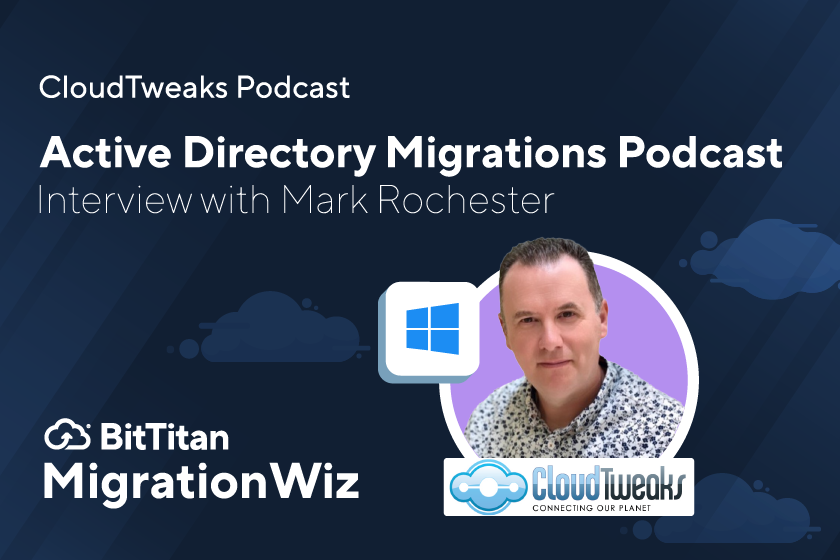The source and the destination were the same – Exchange Server and Exchange Online, respectively – but the journey between the two varied greatly and continues to vary as late adopters and slow movers to the cloud embark on their journey.
One of the most common strategies is a hybrid Exchange approach. In this scenario, users from the same organization would be split between the on-prem and cloud environment, migrated in batches over a longer period of time.
There are several tools – first and third-party – to help with Hybrid Exchange migrations. Our companion article, Tools for Migrating via Hybrid Exchange, dig into some of those options. In this article, we review the key reasons an organization may select a hybrid Exchange approach.
Reason #1: No Weekend Cutover
For organizations that are able to migrate all users and data over the course of a weekend, a standard cutover approach is suggested. This helps organizations avoid the configuration of a hybrid environment and helps with adoption of the new system.
For many businesses, that cutover simply isn’t feasible. There are too many users or too much data. Maybe a pre-stage approach isn’t an option. In this case, a hybrid strategy offers internal IT or managed service providers assisting with the migration a way to progressively move users while still avoiding downtime and ensuring business continuity. For partners who want to learn more about designing a hybrid Exchange offering, see Building Your Hybrid Exchange Migration Business.
Reason #2: Slow-Walk the Move to Microsoft 365
Be it one reason or another, businesses may not want to move overnight. They could batch users by team or department, by office or geographic location, or another factor that makes sense for that specific business.
A hybrid approach ensures users that have been migrated and users that have not can continue to work and operate as usual.
Reason #3: Application Dependencies on Exchange Server
The final reason we commonly see for businesses taking a hybrid approach is due to ongoing application needs tied to the on-premises Exchange server. While the business itself may wish to move forward with a transition to Microsoft 365 and begin to reap the productivity benefits of cloud applications, there could also be instances where applications in use by the company will not migrate as smoothly. The benefit of a hybrid strategy here is that those dependencies can be taken care of on a different timeline while users can be migrated in batches as necessary.
Want to learn more about the BitTitan approach to hybrid projects? Watch our demo here or get in touch today!

